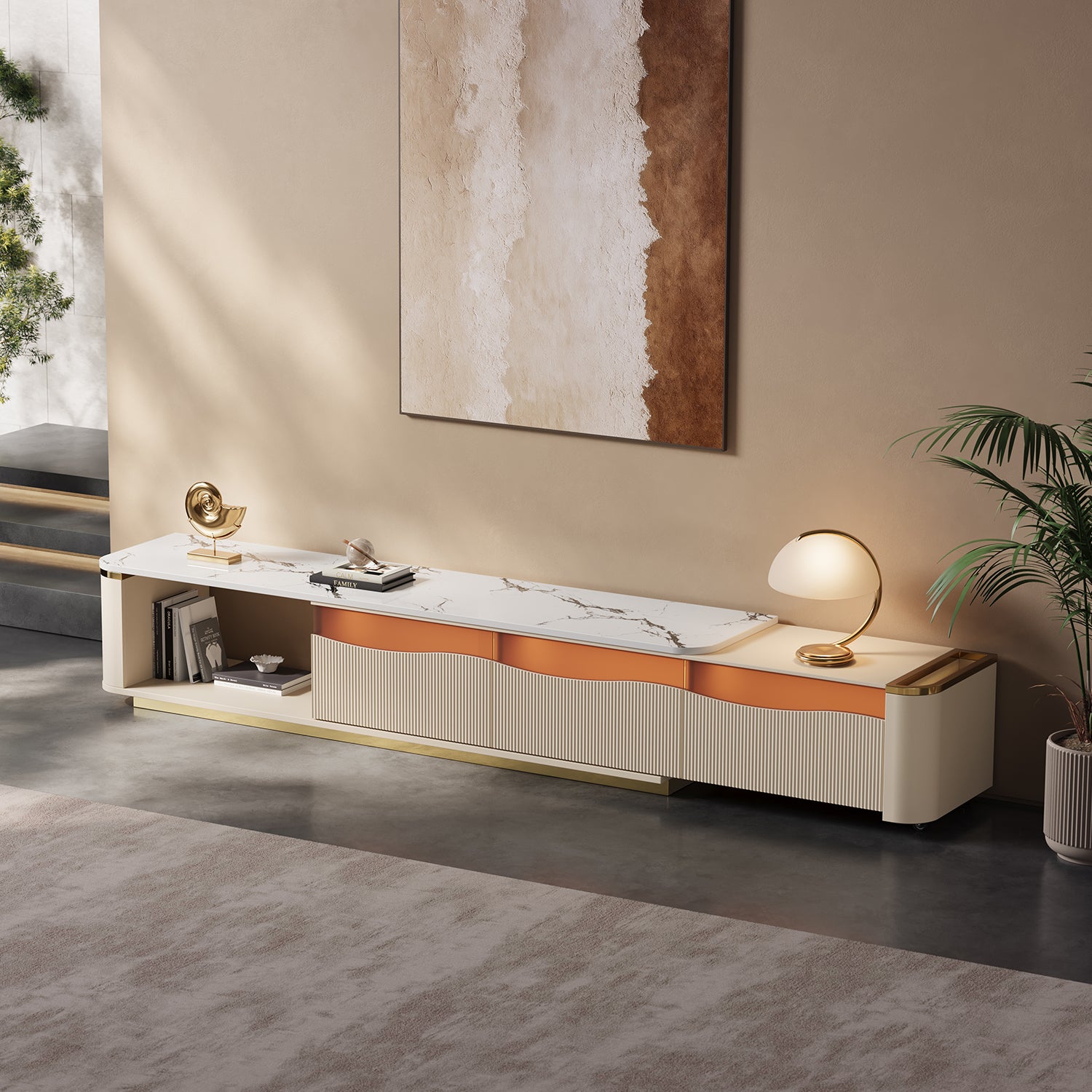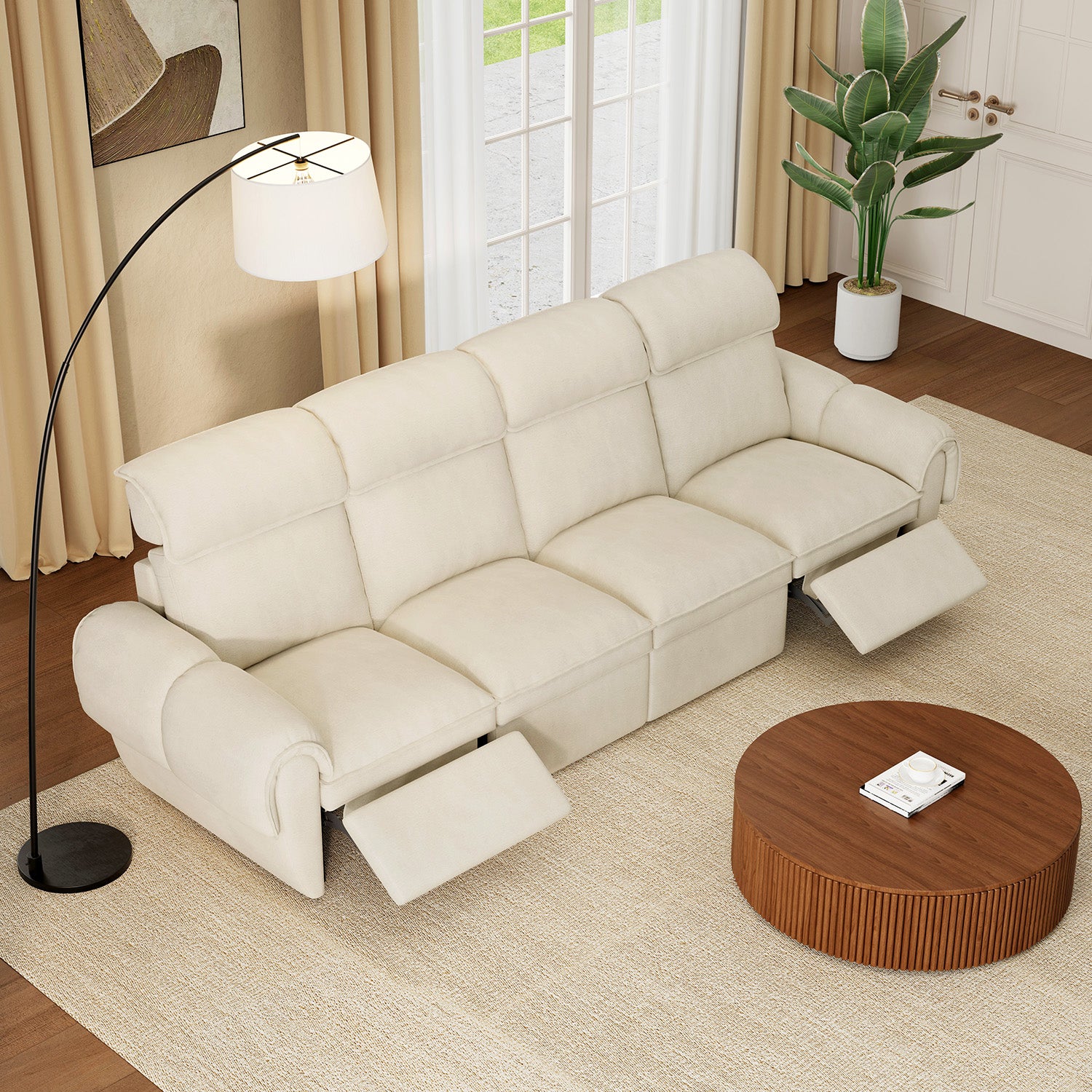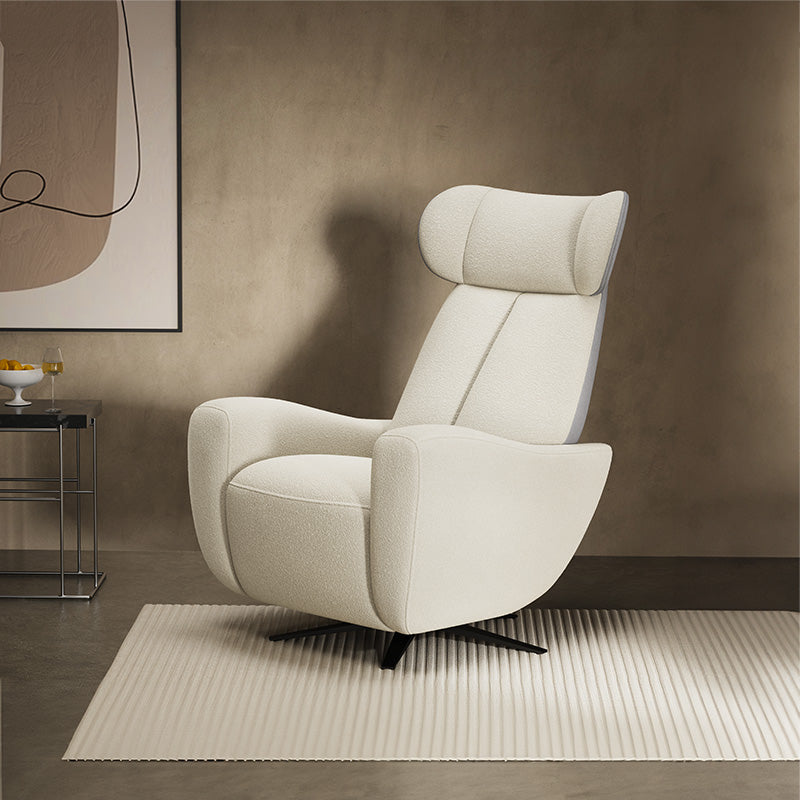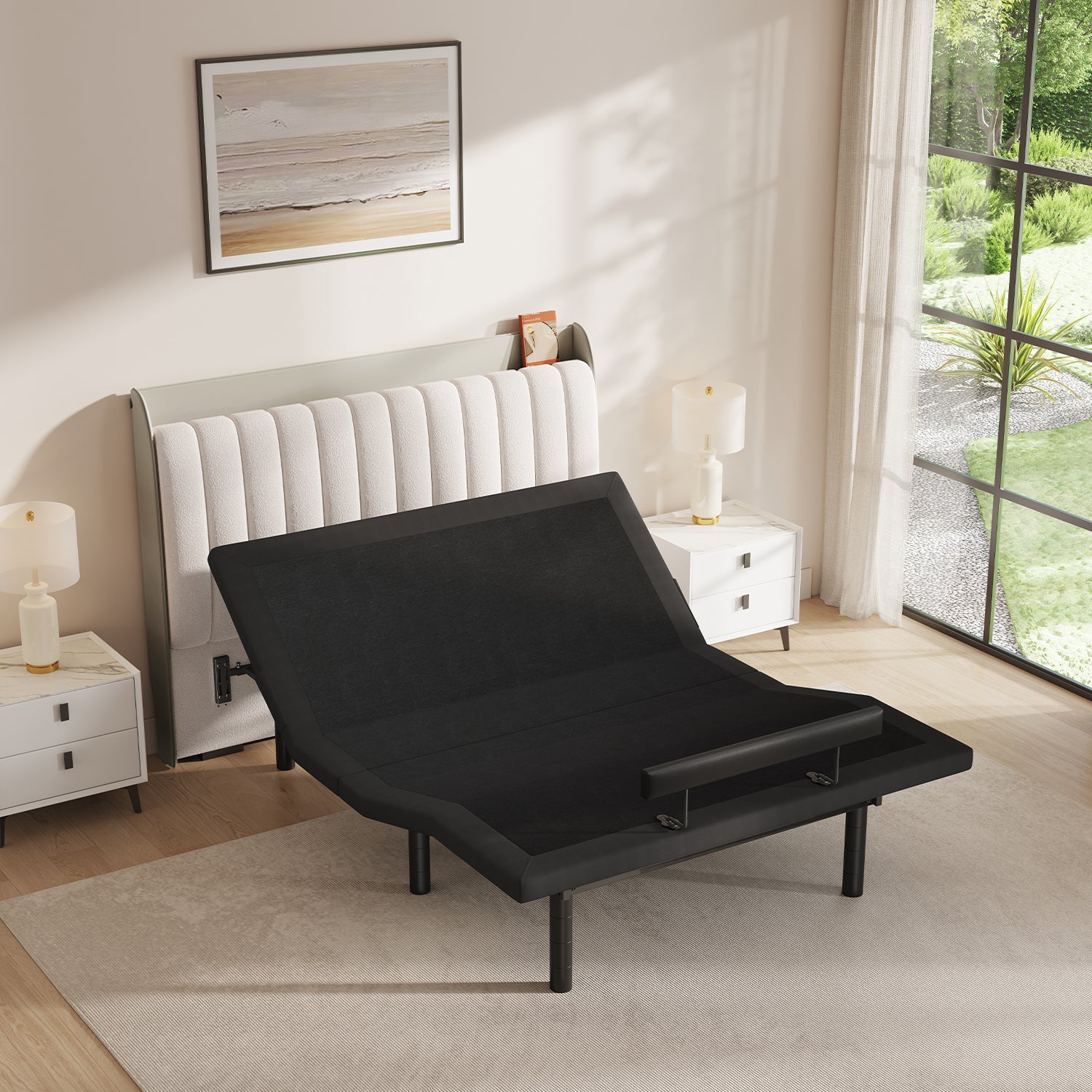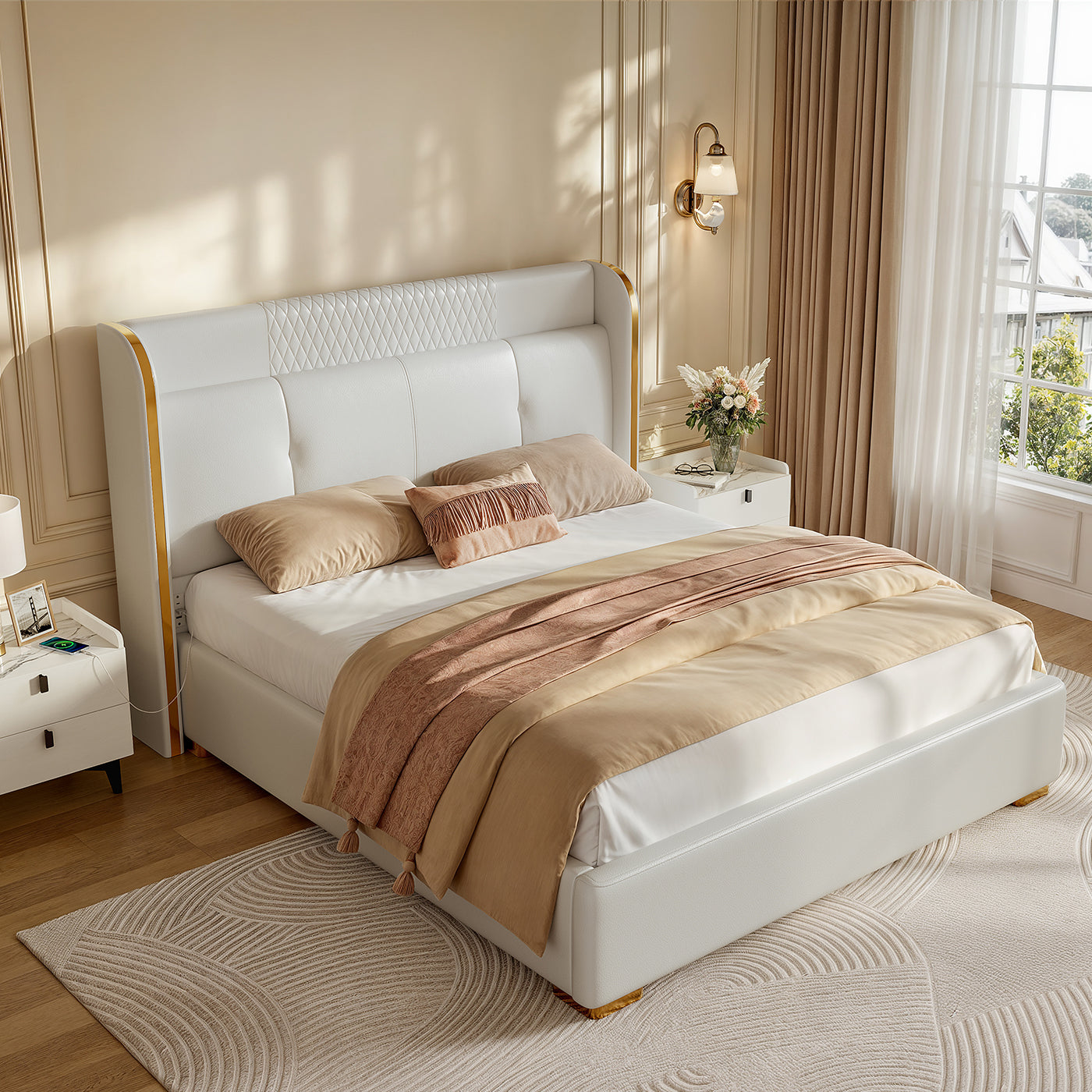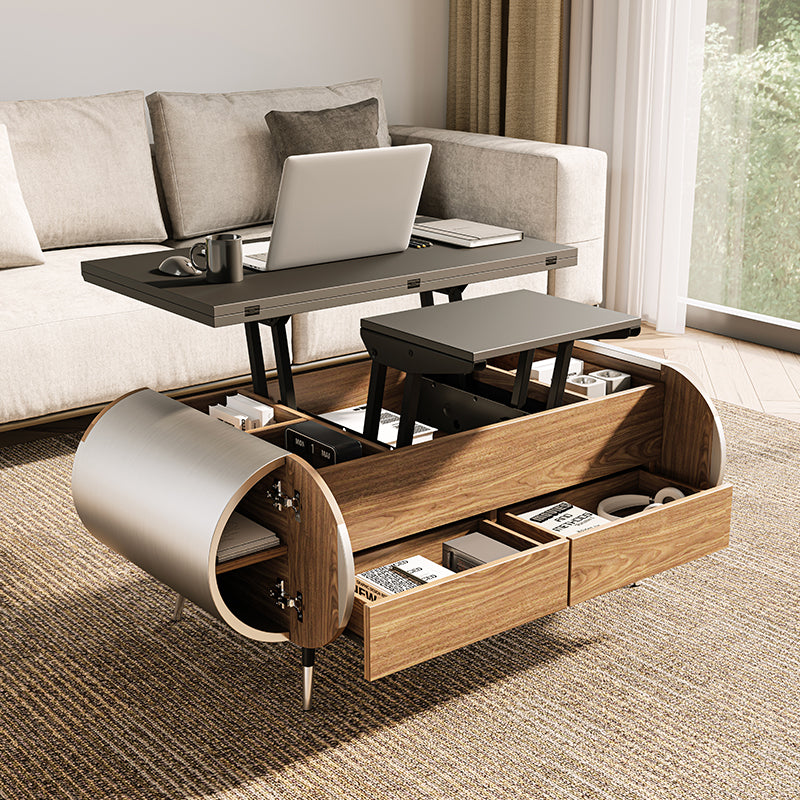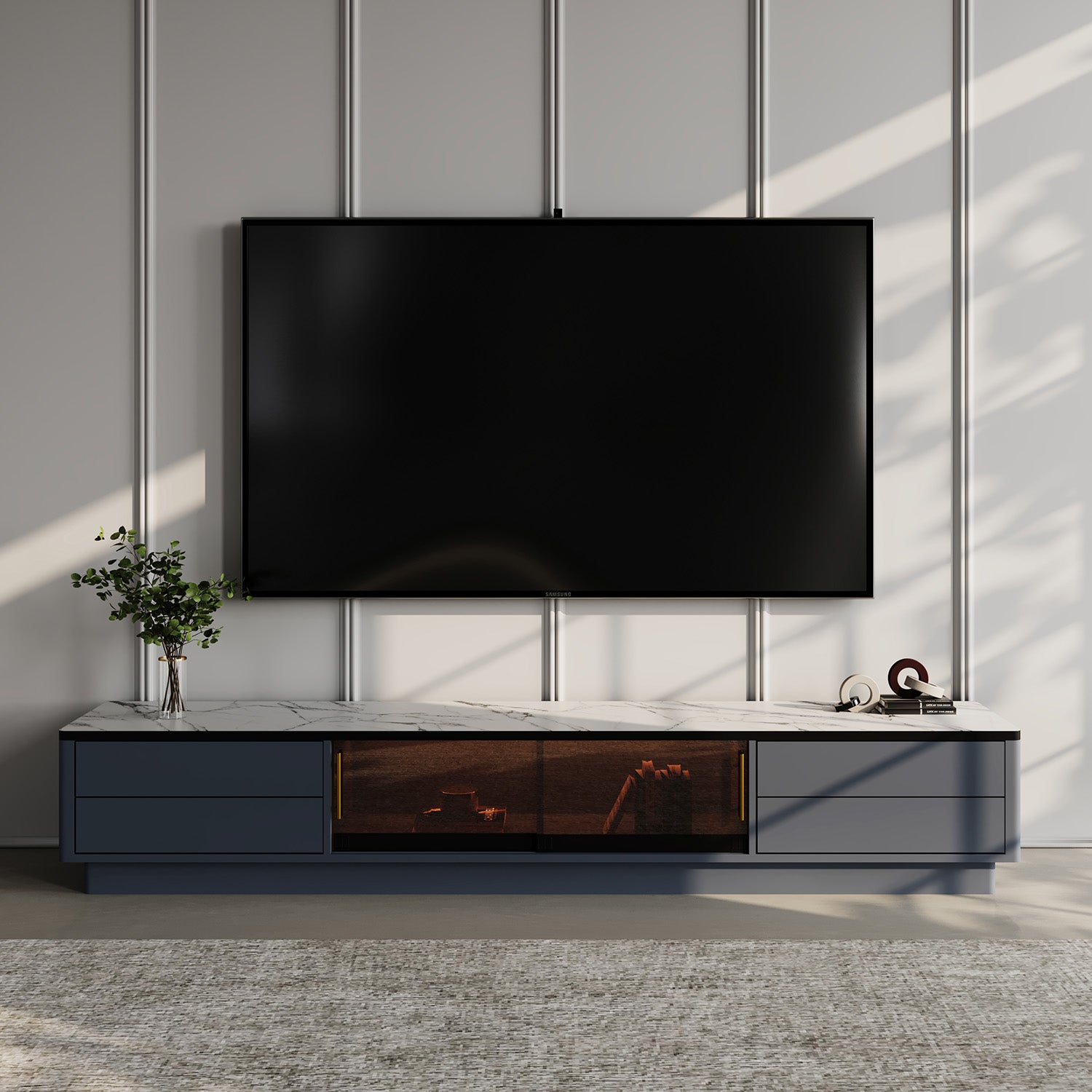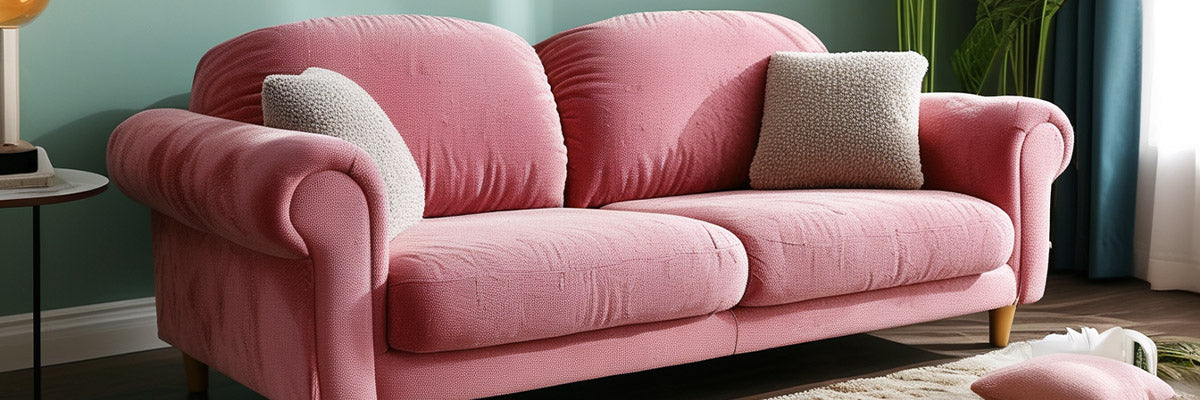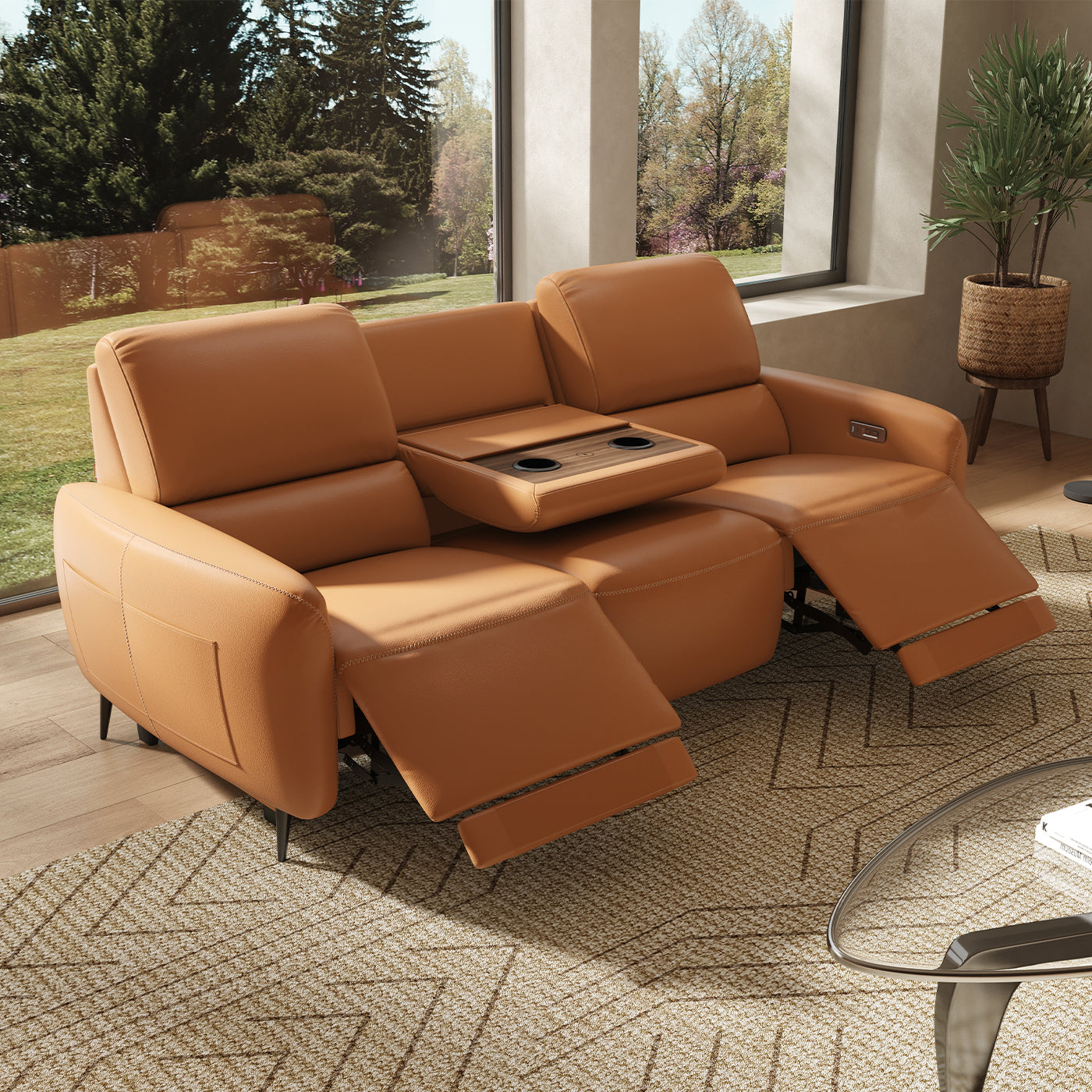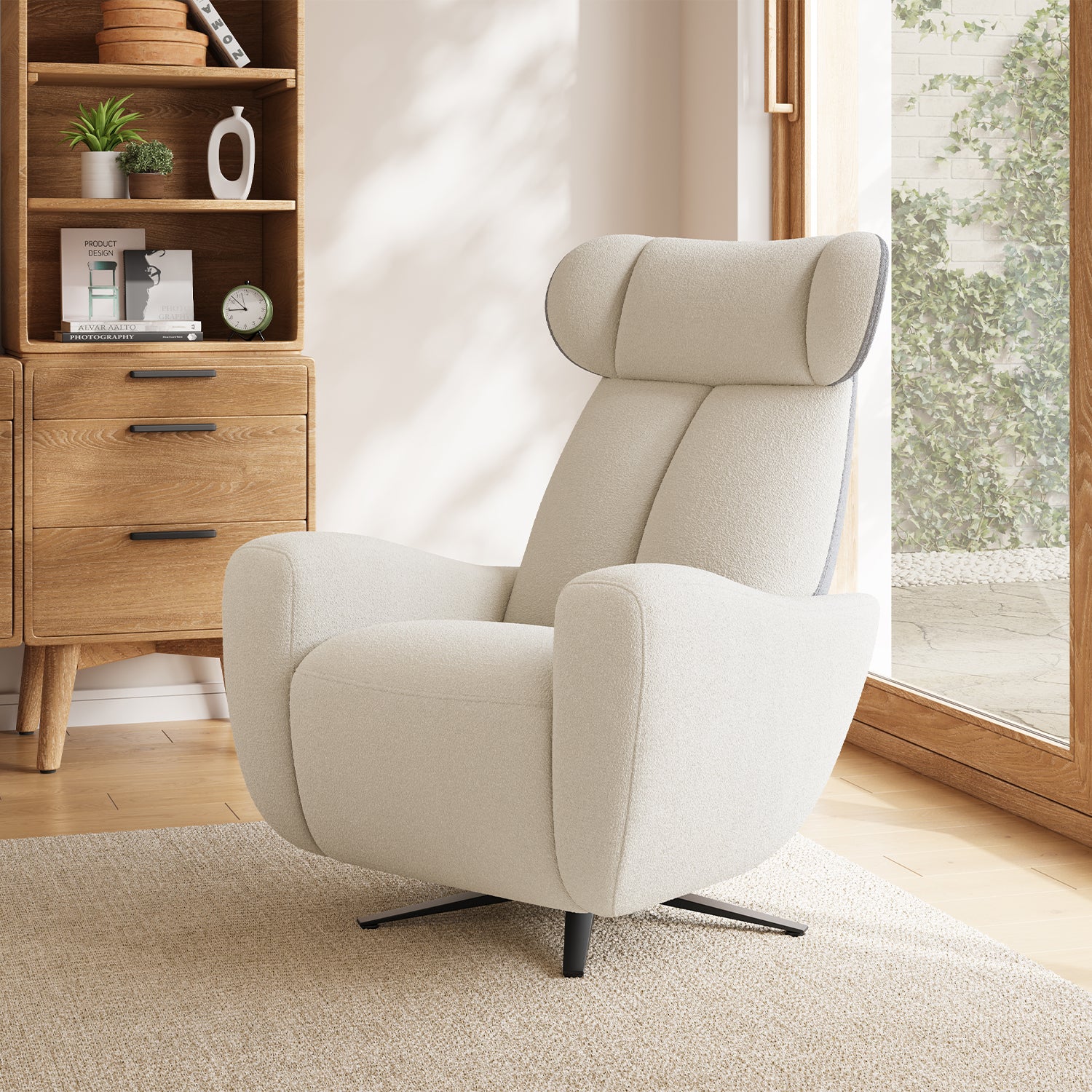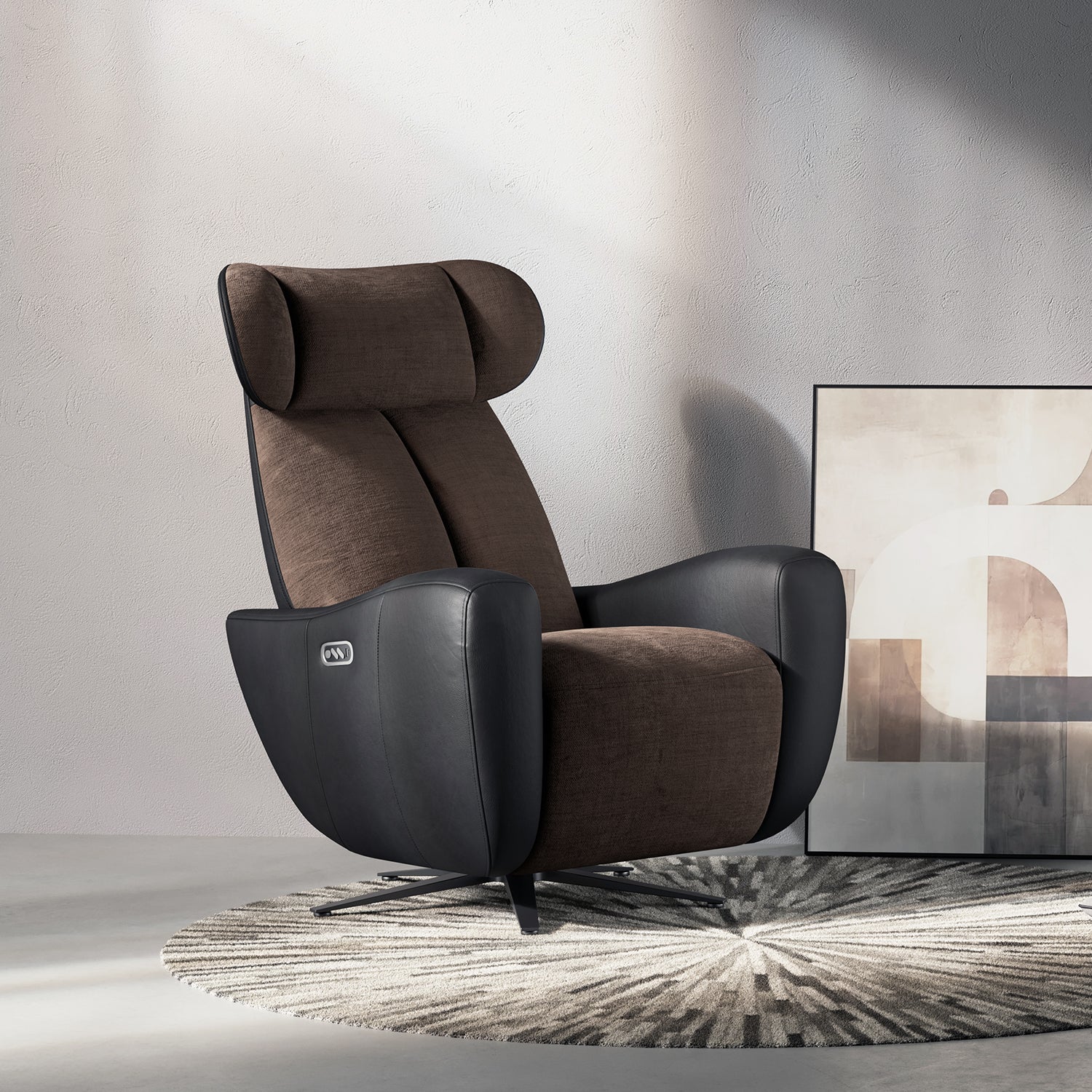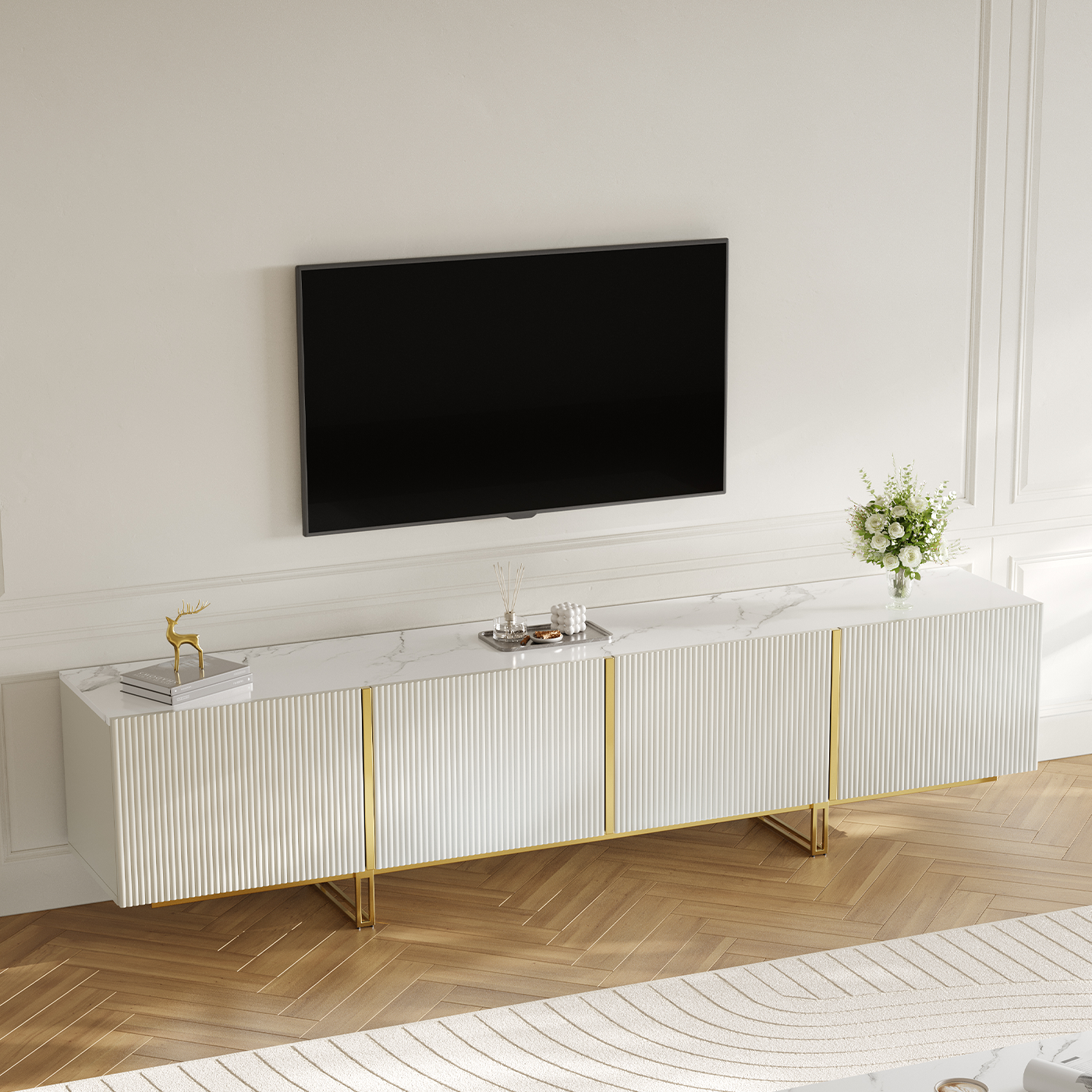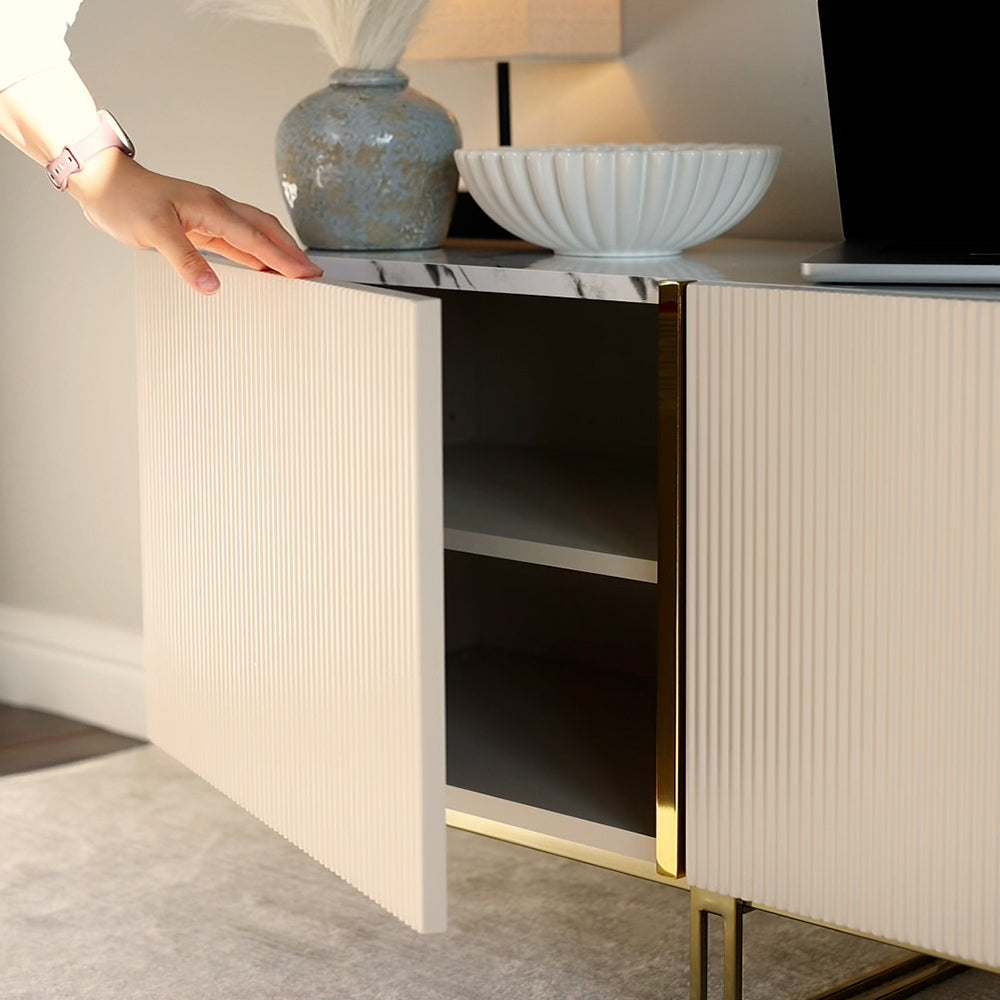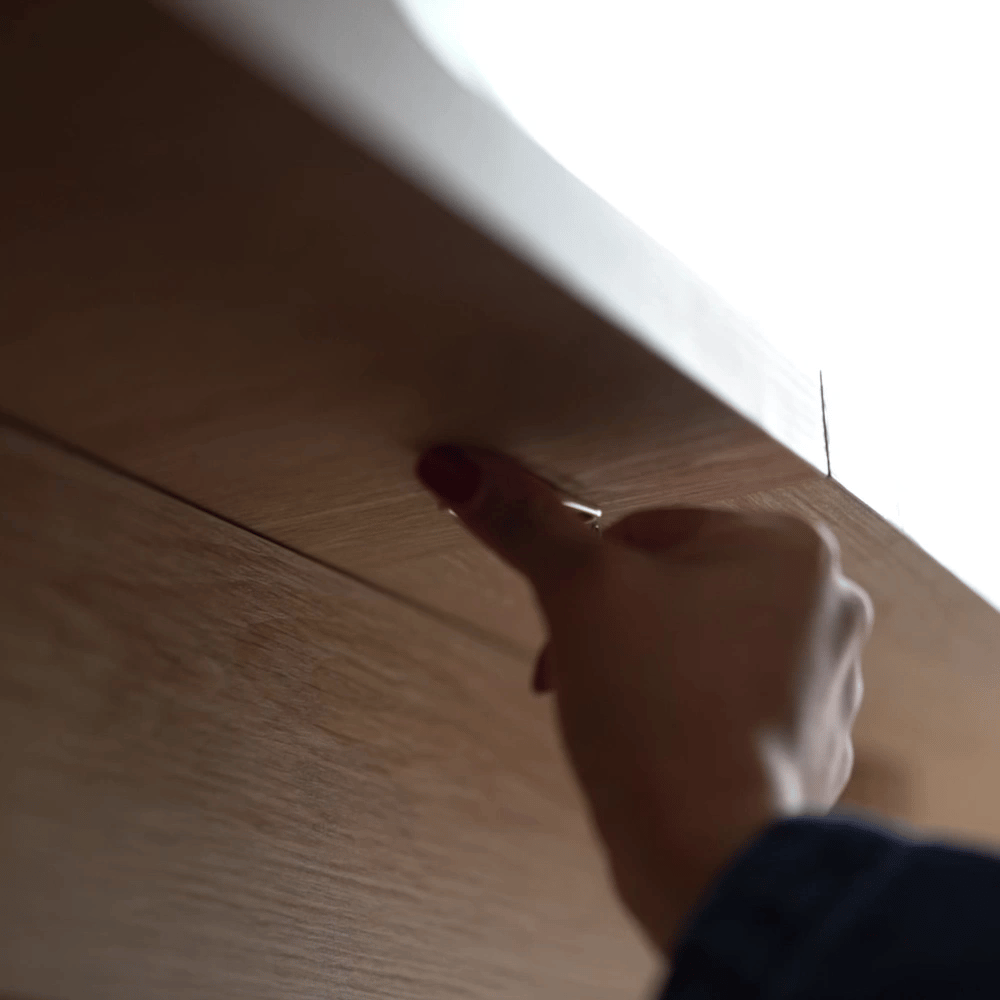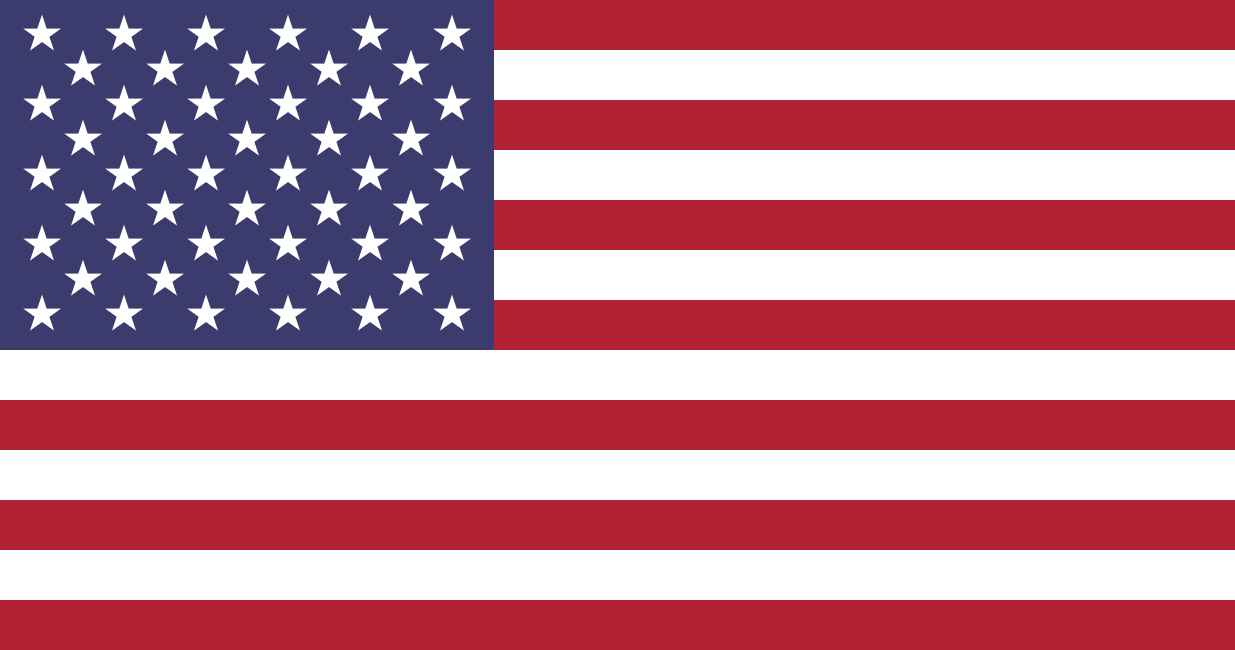Pilling is a common issue that many couch owners encounter. Over time, those tiny, annoying fabric balls can make even the most luxurious piece of furniture look worn out. Fortunately, removing pilling and restoring your couch to its former glory is relatively simple with the right techniques and tools. This article provides an in-depth guide on how to remove pilling from your couch and prevent it from recurring.
Table of Content
What Is Pilling and Why Does It Happen?
Pilling occurs when loose fibers on the surface of fabric rub together, creating small, tangled balls. This is a natural result of wear and tear, particularly in high-traffic areas of your couch. Some factors contributing to pilling include:
- Friction:
Repeated use, sitting, or rubbing against clothing or blankets.
- Fabric Type:
Blended fabrics (e.g., polyester, acrylic, or wool blends) are more prone to pilling than natural fibers like cotton or linen.
- Low-Quality Fabric:
Cheaper materials may pill more quickly due to weaker fibers.
While pilling doesn’t indicate a defect, it can detract from your couch’s aesthetic. The good news is that it’s not permanent and can be resolved.
What You'll Need

To remove pilling effectively, gather the following tools:
- Fabric shaver or sweater shaver
- Lint roller or adhesive tape
- Scissors (small, sharp ones for precision)
- Pumice stone or fabric comb
- Vacuum cleaner with upholstery attachment
Step-by-Step Guide to Remove Pilling
1. Assess the Couch Fabric
Before removing the pills, identify the type of fabric on your couch. Check the care label for cleaning instructions, as some fabrics are more delicate and require gentle handling.
2. Vacuum the Couch
Use a vacuum cleaner with an upholstery attachment to remove dust, dirt, and loose fibers. This ensures a clean surface for working on the pilled areas and prevents further abrasion.
---
3. Use a Fabric Shaver
A fabric shaver is one of the most efficient tools for removing pilling.
- Turn the shaver on and gently glide it over the affected areas.
- Use light pressure to avoid damaging the fabric.
- Empty the shaver’s lint compartment periodically.
Tip: Start with a small, inconspicuous section to test how the shaver interacts with your couch fabric.
---
4. Try a Pumice Stone or Fabric Comb
For fabrics like wool or thicker upholstery materials, a pumice stone or fabric comb can work wonders.
- Hold the tool at a slight angle and run it over the pilled areas.
- Gather the pills into clumps and remove them manually.
- Be cautious not to press too hard, as this could tear the fabric.
---
5. Use Scissors for Precision
For stubborn or isolated pills, a pair of small, sharp scissors can help.
- Gently lift the pill away from the fabric.
- Snip it off close to the surface without cutting into the fabric.
This method works best for delicate materials or when the pilling is minimal.
---
6. Finish with a Lint Roller
After removing the pills, use a lint roller or adhesive tape to pick up any remaining fibers or fuzz. This step gives your couch a polished, clean look.

How to Prevent Pilling
Although pilling is inevitable with frequent use, you can take steps to minimize it and prolong the life of your couch fabric:
1. Rotate and Flip Cushions
Evenly distribute wear and tear by rotating and flipping cushions regularly. This reduces friction on specific areas, preventing excessive pilling.
2. Use a Throw Blanket
Covering high-traffic areas with a throw blanket can protect your couch from direct friction. Choose a soft, non-abrasive material for the blanket.
3. Avoid Abrasive Clothing
Certain fabrics, like denim or rough-textured materials, can increase pilling. Be mindful of what you wear while sitting on your couch.
4. Maintain Regular Cleaning
Vacuum your couch weekly to remove dirt and debris that could contribute to friction. Use a soft brush attachment to avoid damaging the fabric.
5. Choose Pilling-Resistant Fabrics
If you're purchasing a new couch, opt for materials like tightly woven cotton, leather, or synthetic microfiber, which are less likely to pill.
Common Mistakes to Avoid
- Using Excessive Force:
Pressing too hard with tools like fabric shavers or pumice stones can damage your couch fabric.
- Ignoring Care Instructions:
Always follow the manufacturer’s recommendations to avoid using methods that could harm the fabric.
- Skipping Regular Maintenance:
Neglecting routine care can lead to larger pilling problems over time.
Conclusion
Pilling is a natural part of fabric wear, but it doesn't have to be permanent. By following the steps outlined in this guide, you can effectively remove pilling from your couch and restore its appearance. Regular maintenance, combined with preventive measures, will keep your couch looking fresh and inviting for years to come. With the right tools and a little effort, you’ll have a couch that looks as good as new!
If you want to buy our home furniture or couch for living room, you can check out more on our store


